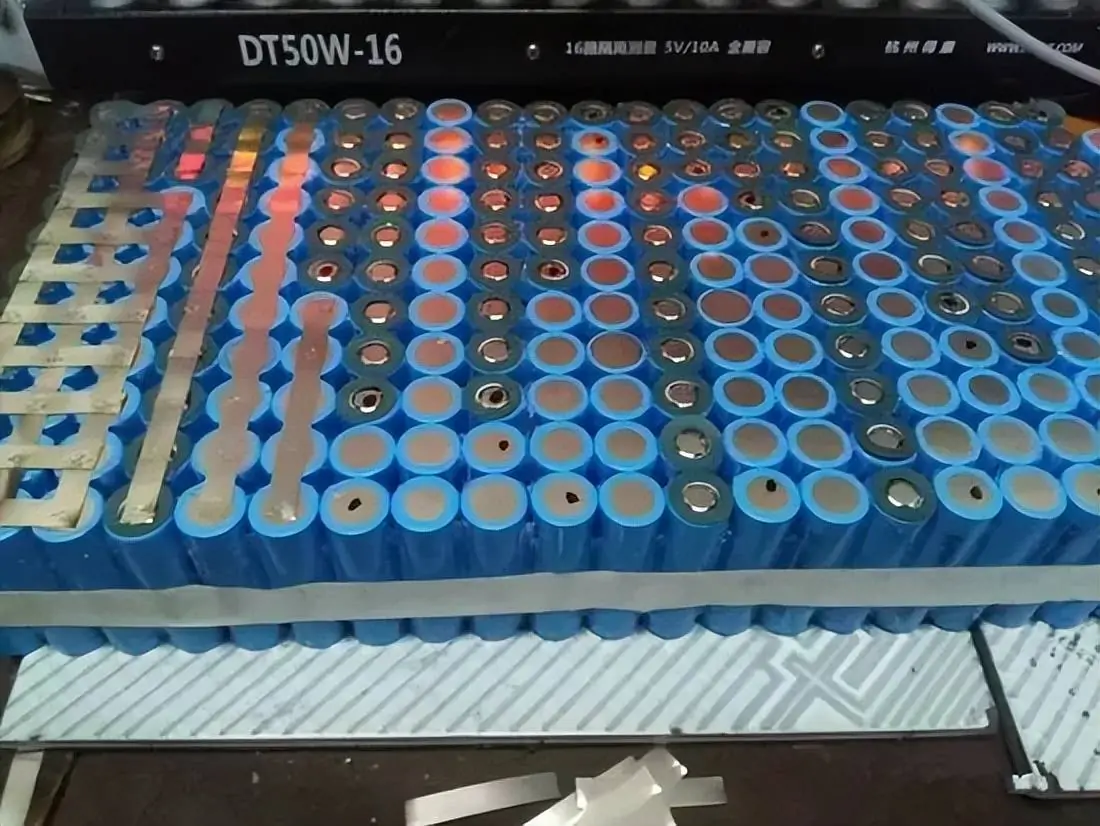Understanding Parallel Connection of Lithium Batteries

What is Parallel Connection?
Parallel connection involves connecting multiple lithium batteries together to increase the overall capacity and current output of the battery system. When batteries are connected in parallel, their positive terminals are connected to each other, and their negative terminals are also connected to each other.
Benefits of Parallel Connection
Connecting lithium batteries in parallel offers several benefits, including:
-
Increased Capacity: By combining the capacities of multiple batteries, the overall capacity of the battery system is enhanced.
-
Higher Current Output: Parallel connection allows for a higher current output, making it suitable for applications that require more power.
-
Redundancy: In case one battery fails, the other batteries connected in parallel can still provide power, ensuring uninterrupted operation.
Precautions and Considerations
Before proceeding with the parallel connection of lithium batteries, it is crucial to keep the following precautions and considerations in mind:
-
Battery Compatibility: Ensure that all the batteries you plan to connect in parallel have the same voltage and capacity ratings. Mismatched batteries can lead to imbalances and potential damage.
-
Battery Management System (BMS): Implement a reliable BMS to monitor and balance the batteries during charging and discharging. This helps prevent overcharging, undercharging, and voltage imbalances.
-
Wiring and Connections: Use appropriate wiring and connectors that can handle the current requirements of your battery system. Inspect all connections for proper insulation and secure fastening.
-
Safety Measures: Follow all safety guidelines provided by the battery manufacturer, including proper handling, storage, and maintenance procedures.
Step-by-Step Guide to Connecting Lithium Batteries in Parallel
Follow these steps to connect lithium batteries in parallel effectively:
-
Step 1: Gather the Required Materials
-
Step 2: Prepare the Batteries
-
Ensure that all batteries are fully charged to the same voltage level.
-
Inspect the batteries for any physical damage or signs of wear. Replace any damaged batteries.
-
Step 3: Install the Battery Management System (BMS)
-
Consult the manufacturer's instructions and install the BMS according to their guidelines.
-
Connect the BMS to the positive and negative terminals of each battery.
-
Step 4: Connect the Batteries in Parallel
-
Connect the positive terminals of all batteries together using appropriate wiring and connectors.
-
Connect the negative terminals of all batteries together using the same wiring and connectors.
-
Step 5: Insulate and Secure the Connections
-
Insulate all connections using suitable insulation materials to prevent short circuits.
-
Securely fasten all connections to ensure stability and durability of the battery system.
-
Step 6: Test and Monitor the Battery System
-
After connecting the batteries in parallel, test the system by applying a load and monitoring the voltage and current output.
-
Regularly monitor the battery system using the BMS to detect any abnormalities or imbalances.
Conclusion
In conclusion, connecting lithium batteries in parallel can significantly enhance the overall capacity and current output of your battery system. By following the step-by-step guide provided in this article and considering the necessary precautions, you can successfully connect lithium batteries in parallel while ensuring safety and optimal performance.
Remember, it is essential to consult the manufacturer's instructions and guidelines specific to your lithium batteries and BMS for the best results. Implementing these practices will help you create a reliable and efficient battery system that meets your power requirements.
Edit by editor


